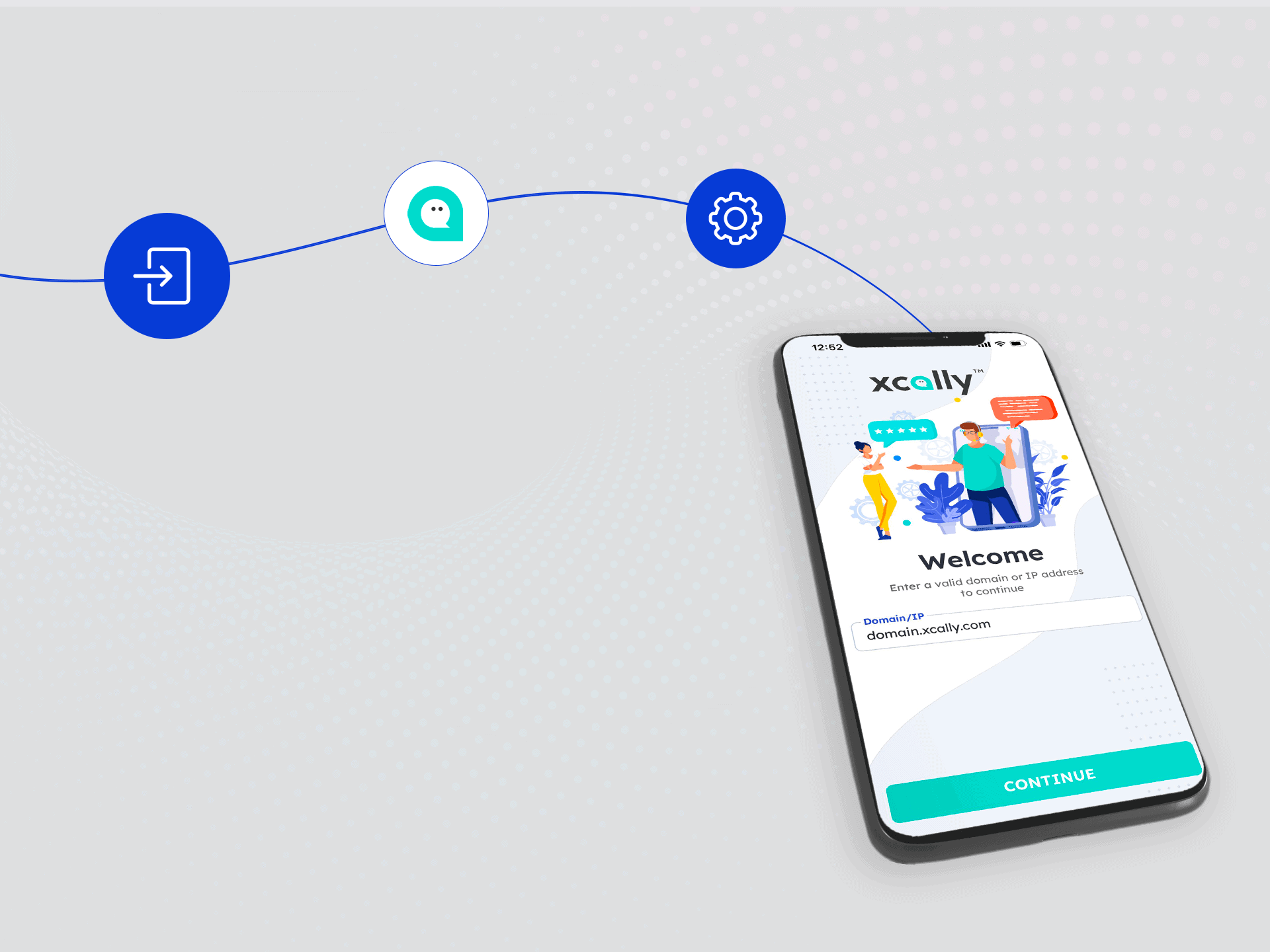Artificial intelligence (AI) has revolutionized many areas of our daily lives, but one of the main challenges when we talk about adopting artificial intelligence is understanding the results produced by the algorithms on which it is based.
Two key concepts that emerge from thinking related to this relatively new technology are explainability and interpretability, which provide tools and techniques for understanding how and why an algorithm produces certain predictions or decisions.
In this article, we will explore the difference between explainability and interpretability in Artificial Intelligence and how these characteristics are critical to building trust and understanding toward AI.
What is the difference between Explainability and Interpretability?
The difference between explainability and interpretability in the field ofArtificial Intelligence (AI)lies in the focus and approach that "governs" them. Both concepts, however, are fundamental to building trust and understanding in the use of artificial intelligence.
What is explainability
Explainability refers to the ability to explain the operation of an AI algorithm in a way that humans can understand. The goal is to provide a clear and intuitive description of why the algorithm produced a certain output or made a certain decision. Explainability aims to make AI decision-making processes transparent, enabling users to understand how input data are processed and transformed into outcomes.
Methods of explainability
There are several methods for achieving explainability in artificial intelligence, including:
- Data visualization: graphical representation of data and processes in order to make results more understandable.
- Feature interpretation: identification of data features that had the greatest influence on the results produced by the algorithm.
- Decision rules: description of the logical rules or criteria used by the algorithm to make decisions.
Interpretability in Artificial Intelligence.
Interpretability focuses on the ability to understand and interpret the inner workings of an AI algorithm. While explainability focuses on explaining the final results, interpretability is concerned with analyzing the algorithm's internal processes, including its parameters, functions and connections. Interpretability aims to provide a detailed view of the algorithm's logic to enable greater understanding of its operation.
Methods of interpretability
To achieve interpretability in Artificial Intelligence, several approaches are used, including:
- Interpretable models: use of algorithms and models that are inherently easier to interpret, such as sparse neural networks or classification rules.
- Transparent learning: adoption of machine learning techniques that enable the extraction of understandable rules or explanations from AI models.
- Empirical validation: experimentation and testing to verify the accuracy and interpretability of AI models.

XCALLY: the solution for optimal use of artificial intelligence
In the field of Artificial Intelligence, XCALLY proves to be an important resource for making the most of this technology. With its integrated platform, XCALLY offers advanced tools to manage and monitor AI use while ensuring explainability and interpretability.
XCALLY enables clear and intuitive visualization of the results produced by AI algorithms, making it easier to understand decision-making processes. Through data visualization and feature interpretation, users can understand the reasons behind predictions or decisions made by AI.
Also, XCALLYalso supports interpretability, allowing users to analyze the algorithms' internal processes. Through the use of interpretable models and transparent learning techniques, XCALLY provides detailed insight into the logic of AI, making it easier to understand how it works and the parameters used.
In conclusion, explainability and interpretability are key elements in understanding and trusting Artificial Intelligence. XCALLY provides a comprehensive solution to achieve these goals, enabling companies to take full advantage of the benefits of AI in a transparent and understandable way.




